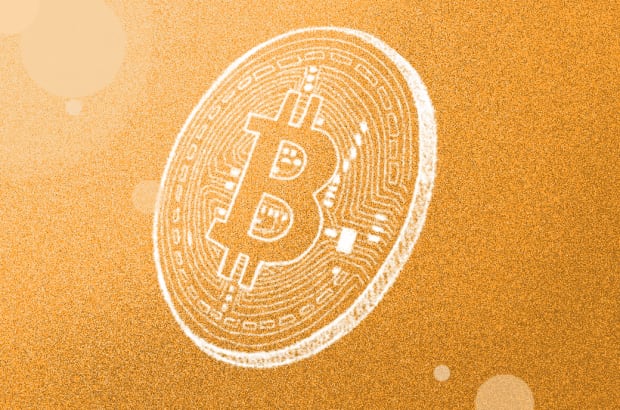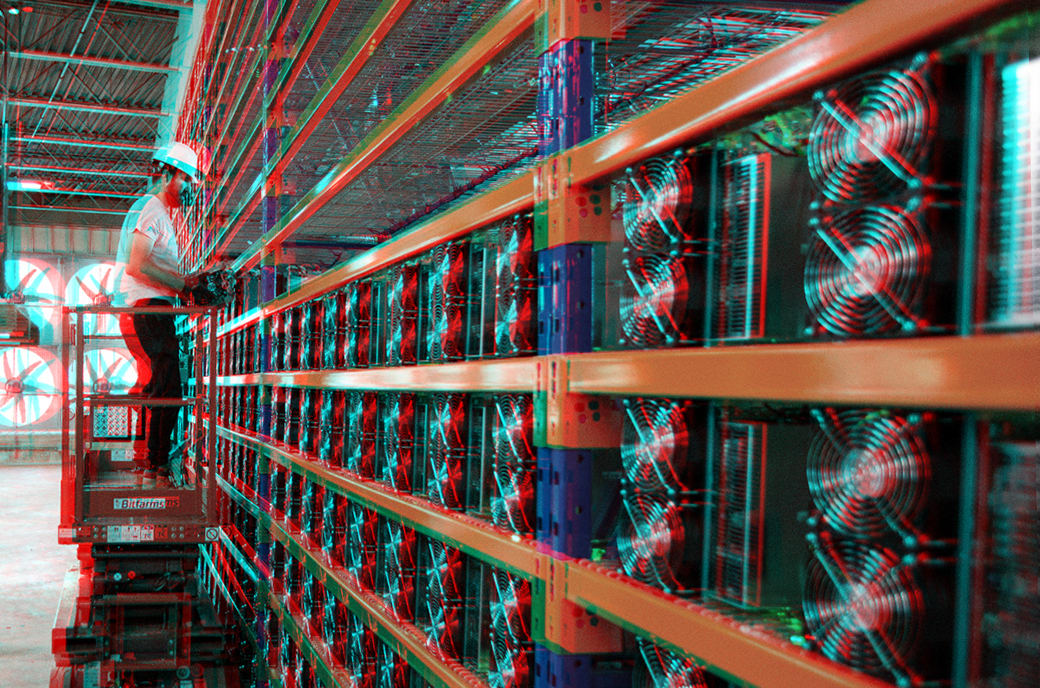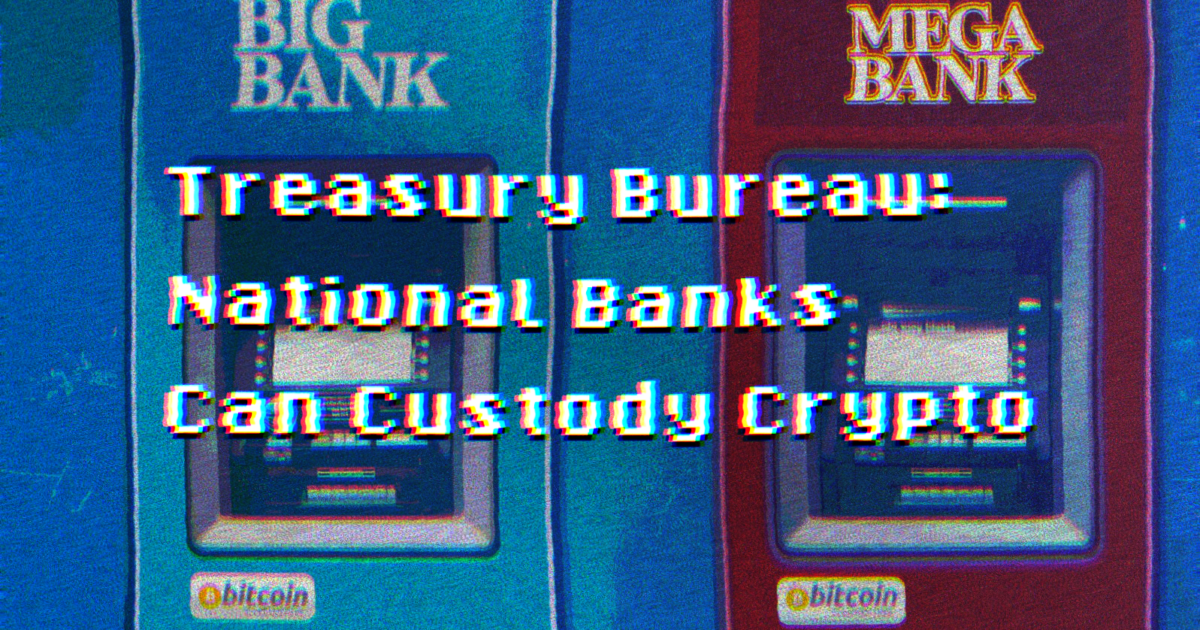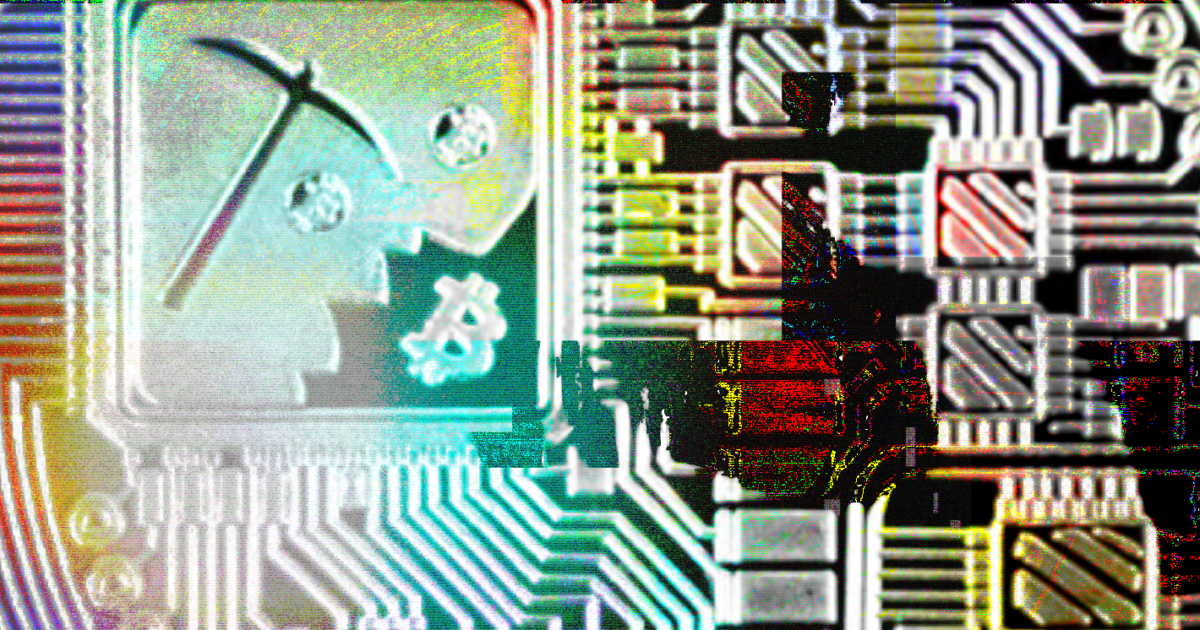Bitcoin Has No Real Use For DeFi In Its Current Form
A wave of decentralized finance (DeFi) products, mostly built on Ethereum, has some wondering if Bitcoin could benefit from the ecosystem.

The decentralized finance (DeFi) ecosystem continues to attract billions of dollars from cryptocurrency enthusiasts. Though the term “decentralized finance” could certainly apply directly to Bitcoin in and of itself, the growth of the DeFi industry lately refers to an umbrella of projects, mostly based on Ethereum smart contracts, that support cryptocurrency-based lending, prediction markets or other financial services.
While the emphasis on Ethereum may make it seem as if Bitcoin and DeFi don’t mix, some intriguing initiatives to merge the two do exist. However, those services will require some modifications to make them more appealing to those who use Bitcoin.
The State Of DeFi Services For Bitcoin
As the world’s leading cryptocurrency, everyone has to ask themselves if bitcoin can even benefit from newer DeFi applications. More specifically, can Bitcoin benefit from innovations being forged by the DeFi projects that the market seems to currently favor? With options such as yield generated on cryptocurrency lending and borrowing offering some potential, it seems worth exploring. But integrating BTC into these decentralized finance use cases has proven challenging.
Thanks to projects like RSK, DeFiChain and Sovryn, it is now possible for Bitcoin users to access decentralized finance solutions. There’s also Liquid by Blockstream, a sidechain that one can use to obtain L-USDT assets with bitcoin holdings and explore DeFi through services like Hodl Hodl. Through this platform, users are able to lend and borrow cryptocurrency in a non-custodial way: borrowers deposit bitcoin as collateral, which is repaid once the borrowed money is paid back in full.
As innovative or appealing as these services may appear, some still require users to wrap their bitcoin holdings (through “wrapped bitcoin,” users create an ERC-20 token with a one-to-one peg to BTC, with both assets being interchangeable), which many see as an unnecessary extra step. No one cannot deny the extra functionality of an asset like wrapped bitcoin, that does not necessarily mean people are eager to use bitcoin in a DeFi setting. As BTC already has a far more robust price than any other DeFi asset that one can “farm” (or, earn yield on), there doesn’t appear to be an immediate need to explore these options.
Better Incentives Could Help
In the current DeFi landscape, Bitcoin users do not have too many options to explore, unless they want to wrap tokens, convert to other assets or take other risks. This situation is far from ideal. But I’m convinced that there are better methods to explore, such as the liquidity provision on automated market maker (AMM) decentralized exchanges. This provides a way for users to empower themselves by picking a decentralized exchange and liquidity pair from which they aim to earn fees, instead of those fees going to centralized exchange operators. Unfortunately, finding such an exchange that supports bitcoin in its native form is nigh impossible.
In this white paper of SIL Finance, I found an exciting reward structure that might make more sense: Not only would users earn AMM fees from trading in the liquidity pool, but they would also earn native DeFi tokens. This would provide two revenue streams and, all the while, users only have to provide one type of liquidity. Reducing risks and increasing the rewards, as this application potentially could, is one way to get more bitcoin users enthusiastic about decentralized finance.
Although the white paper doesn’t mention any native BTC support, the idea could be implemented on a bitcoin sidechain like RSK, for example.
But Does Bitcoin Even Need DeFi?
As bitcoin makes for a substantial long-term investment on its own, one has to wonder if people are willing to take any risks with their BTC holdings. That said, sitting by idly while waiting for the price to go up will not suit everyone’s tastes either. Empowering users by giving them “investment options” to explore will always prove beneficial to some.
On the other hand, the DeFi industry, in its current form, is still marred by insecurity, trust issues and greed. Most people look for ways to get rich quickly through yield farming, which is an unsustainable approach. I think AMM DEXes have a far better chance of succeeding in the long run, especially compared to services with no apparent use cases. Creating a DeFi token to farm yield without offering any long-term use cases for the asset is a business model that will eventually disappear into obscurity.
There is also the apparent increase in institutional demand for bitcoin exposure to contend with. It has taken a decade to get companies to notice Bitcoin. As this wave is now slowly swelling in momentum, launching DeFi on bitcoin may not be the most opportune. The world’s leading cryptocurrency has gained recognition as an investment and store of value, rather than as play money. The introduction and rampant use of DeFi products for bitcoin could potentially erode that image.
Conclusion
Although I find certain aspects of DeFi fascinating, I remain unconvinced that the Bitcoin ecosystem needs any of these solutions today. Granted, it could be useful to do more with my BTC holdings, but for now, I am more than content to keep the funds in a private wallet and play the long-term game.
Should any AMM DEXes eventually integrate support for bitcoin in its native form, I will gladly check out the options. That is, assuming the smart contracts are appropriately audited, the approach is non-custodial and the earnings justify the effort. If these three conditions can’t be met, there is no need to introduce decentralized finance — as we know it today — to Bitcoin.
This is a guest post by Alex Zha. Opinions expressed are entirely their own and do not necessarily reflect those of BTC Inc or Bitcoin Magazine.









